Test the change in the odour of clove oil, vanilla with dil. HCI and dilute NaOH.
Topper's Solved these Questions
- ACIDS, BASES AND SALTSBOOK - NAND LAL PUBLICATIONCHAPTER - ACIDS, BASES AND SALTSEXERCISE - ACTIVITY 2.3
2 Videos
- ACIDS, BASES AND SALTSBOOK - NAND LAL PUBLICATIONCHAPTER - ACIDS, BASES AND SALTSEXERCISE - ACTIVITY 2.6
4 Videos
- ACIDS, BASES AND SALTSBOOK - NAND LAL PUBLICATIONCHAPTER - ACIDS, BASES AND SALTSEXERCISE - ADDITIONAL QUESTIONS
8 Videos
- CARBON AND ITS COMPOUNDSBOOK - NAND LAL PUBLICATIONCHAPTER - CARBON AND ITS COMPOUNDSEXERCISE - ADDITIONAL QUESTIONS
3 Videos
Similar Questions
Four students I, II, III and IV were asked to examine the changes for blue and red litmus paper strips with dilute HCI (solution A) and dilute NaOH (solution B). The following observations were reported by the four students. The sign (-) indicating no colour change.
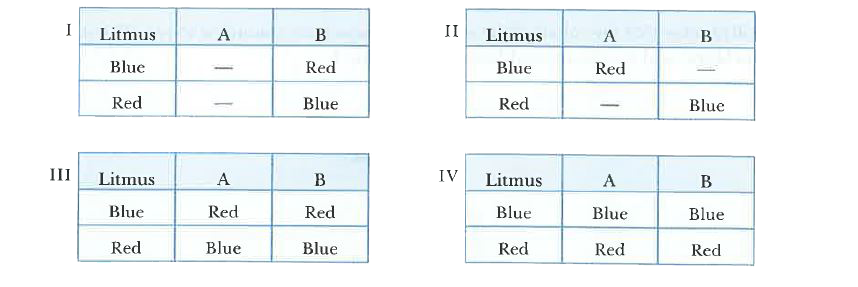
Which student gave the correct observation?
View SolutionA blue litmus paper was first dipped in dil, HCl and then in dil. NaOH solution. It was observed that the color of litmus paper
changed to red
changed first to red and then to blue
changed blue to pink
changed blue to yellow
View Solution
Knowledge Check
A dilute solution of sodium carbonate was added to two test tubes - one containing dil. HCl (A) and the other containing dilute NaOH (B). The correct observation was
Aa brown coloured gas liberated in test tube ABa brown coloured gas liberated in test tube BCa colourless gas liberated in test tube ADa colourless gas liberated in test tube B.The change in enthalpy when HF reacts with NaOH in dilute conditions is
A57.32kJB>57.32kJC<57.32kJDNone of theseCompound Y,C7H8O is insoluble in water, dil HCl and aqueous NaHCO3 it dissolves in dilute NaOH.When Y is treated with bromine water it is converted rapidly into a compound of formula C7H6OBr3.Identify the structure of Y
A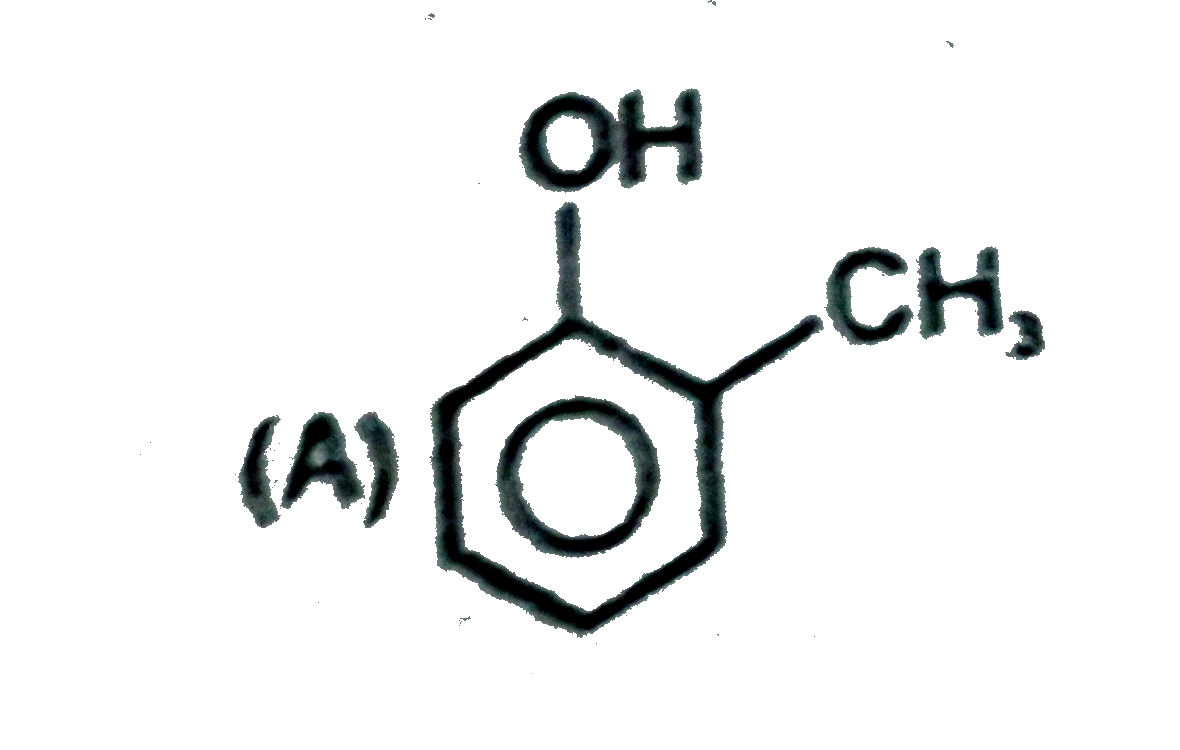 B
B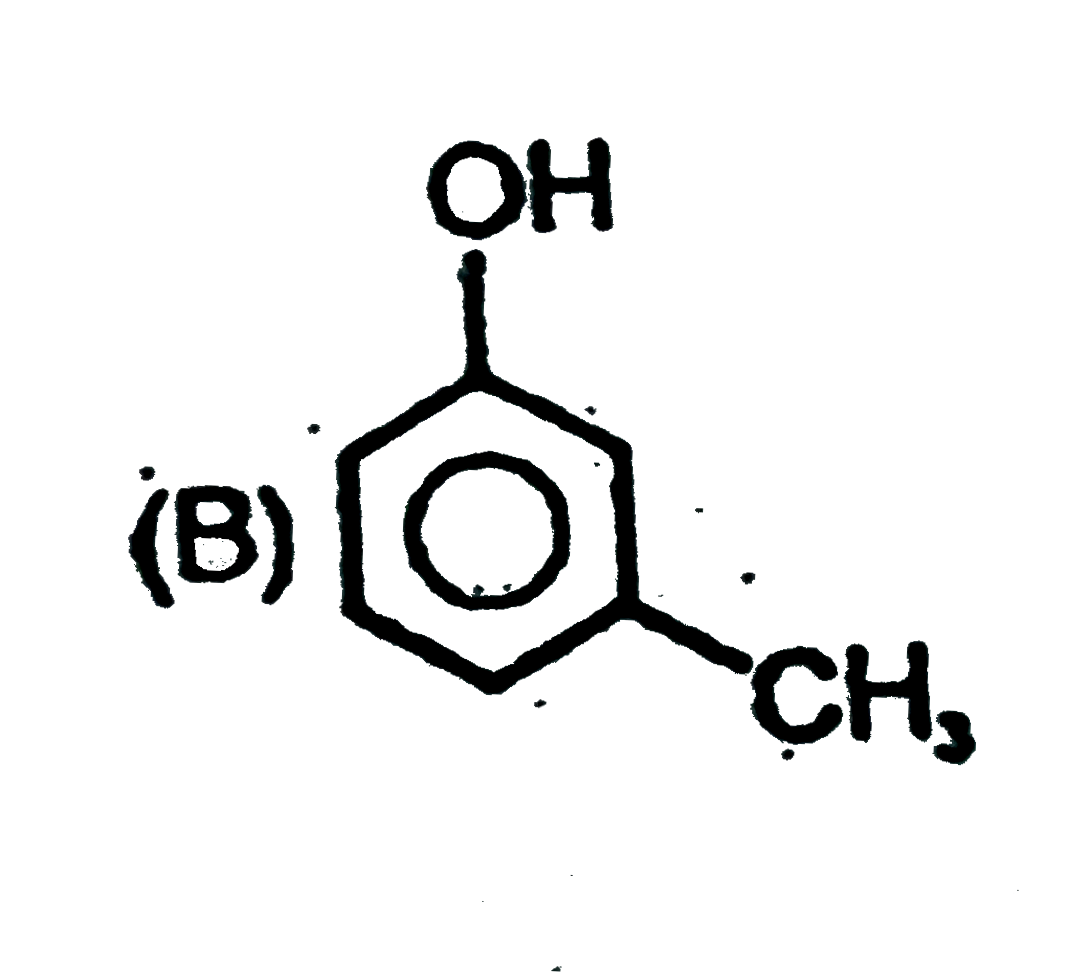 C
C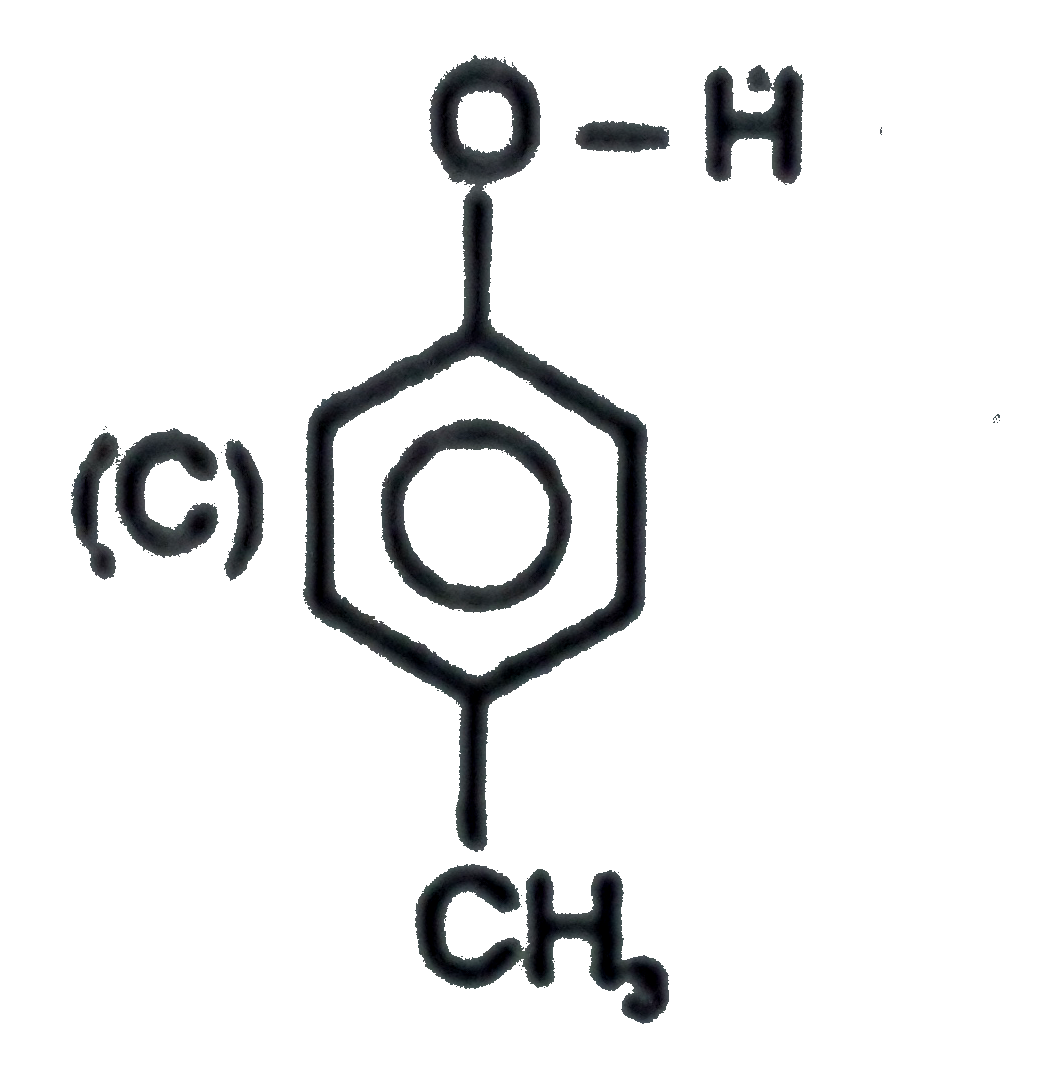 D
D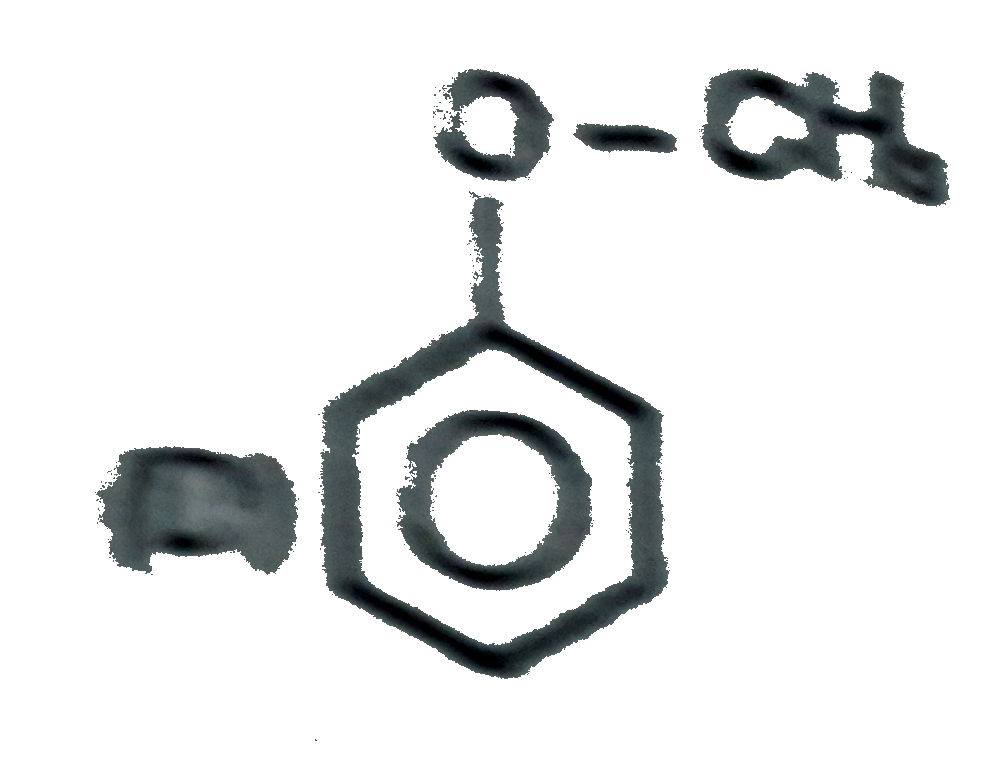
Sn2+ and Sn4+ can be distinguished by how many of the following methods?
(a) By passing H2S in their solution (in acidic medium)
(b) By addition of NaOH in their solution
(c) By addition of excess NaOH in their solution
(d) By addition of dil. HCI in their solution
(e) By addition of HgCI2 solution in their solution
View SolutionA white amorphous powder (A) when heated gives a colourless gas (B), which turns lime water milky [which dissolves on passing excess of gas (B)] and the residue (C) which is yellow while hot but white when cold. The residue (C) dissolves in dilute HCI and the resulting solution gives a white precipitate on addition of potassium ferrocyanide solution. (A) dissolves in dil. HCI with the evolution of a gas which is identical in all respects to gas (B). The solution of (A) in dil. HCI gives a white ppt. (D) on addition of NH4CI in excess of NH OH and on passing H2S gas. Another portion of this solution gives initially a white ppt. (E) on addition of NaOH solution which dissolves in excess of NaOH. The solution on passing again H2S gives back the white ppt. of (E), the white ppt. on heating with dil. H2SO4 give a gas used in analysis of group II and IV cations. What are (A) to (E)? Give balanced chemical equations of the reactions.
View SolutionBlue litmus solution is added to two test tubes A and B containing dilute HCl and NaOH solution respectively. In which test tube a color change will be observed? State the colour change and give its reason.
View SolutionBlue litmus solution is added to two test tubes A and B containing dilute HCl and NaOH
solution respectively. In which test tube a colour change will be observed? State the
colour change and give its reason.
View SolutionCompound 'P', C7H8O is insolution in water , dilute when HCI and NaHCO3 it disolves in dilite NaOH P is treated with Br2−H2O it converts rapidly into a compound of formula C7H5OBr3 Idenity structure of P?
View Solution

